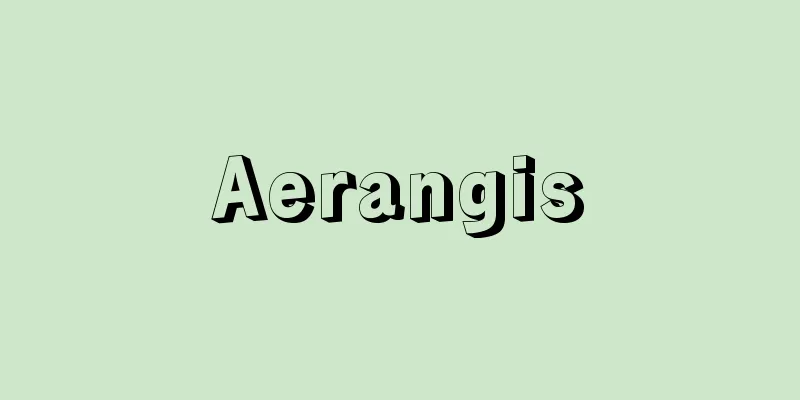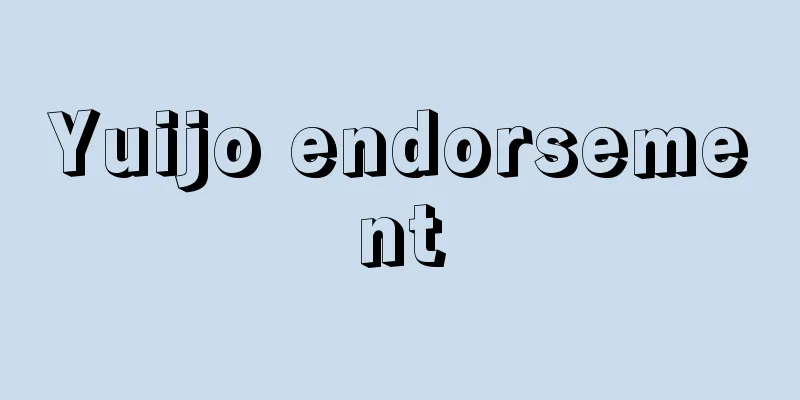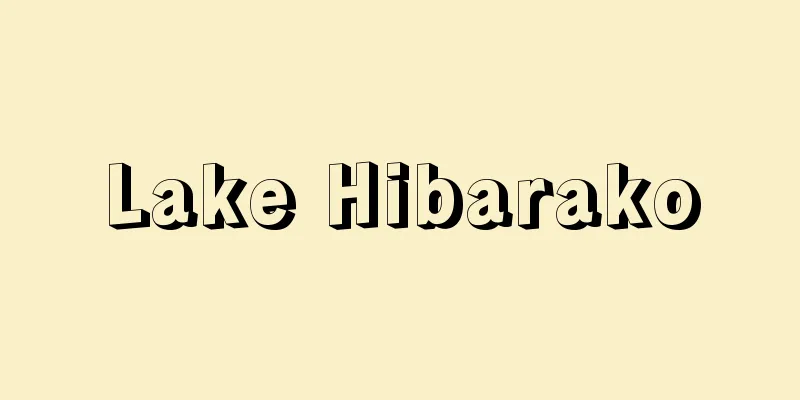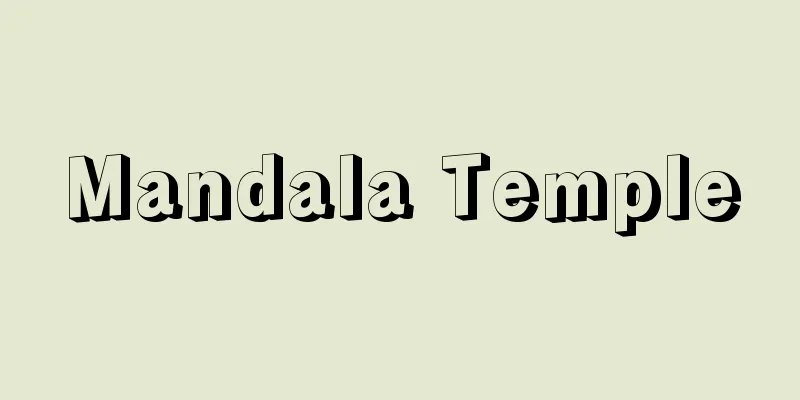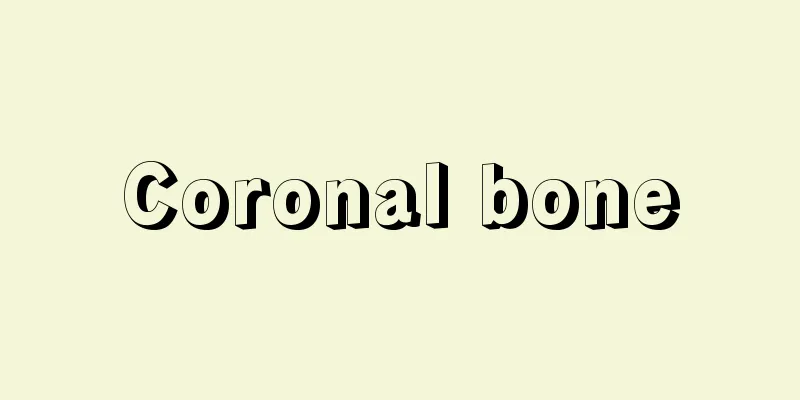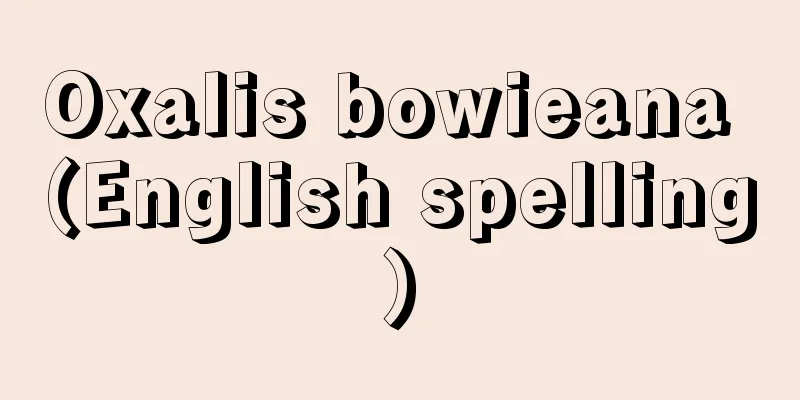Commonly used kanji - joyoukanji
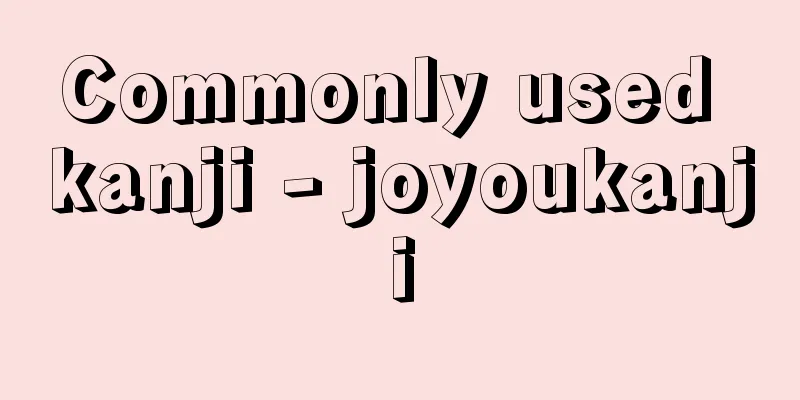
|
The 2,136 kanji included in the "List of Commonly Used Kanji," announced as a Cabinet Order and Notification in October 1981 (Showa 56) and revised in 2010 (Heisei 22). The term "commonly used kanji" was originally used by the National Language Council in 1942 (Showa 17) to refer to 1,134 characters in the "Standard Kanji List," which was then revised to the "Commonly Used Kanji List" (1,295 characters), but the common-use kanji referred to today are the 2,136 characters mentioned above. The number of characters announced in 1981 was 1,945, but was revised to the current number. The "List of Commonly Used Kanji" was created as a guide to the use of kanji in writing modern Japanese language in general social life, such as in laws, official documents, newspapers, magazines, and broadcasting. It does not cover science, technology, art, or other specialized fields, or the writing of individuals, nor does it cover proper nouns. The 2,136 characters are arranged alphabetically according to their pronunciation, and the style is shown using a type of Ming style typeface, with the on-yomi reading and example phrases for each kanji shown. Characters whose current style differs significantly from the old style are accompanied by the Kangxi Dictionary style in parentheses, such as 外 (en) and 体 (body). In addition, an "Appendix" lists 116 words that are "so-called ateji and compound kanji readings that are difficult to list as on-yomi readings for each character," such as "tomorrow (asu)," "azuki (azuki)," and "ama (ama)." Due to the above reasons, the definitions vary slightly, but common-use kanji are the 2,136 characters with a set character style and pronunciation/reading, which are listed in the "List of Common Use Kanji," and can be said to be the standard kanji for modern Japanese writing. Although they are in common use, they do not cover proper nouns (personal names, place names, etc.), so do not include characters such as "Chi" and "Shiba," and "there is room for appropriate consideration according to individual circumstances" (preface to the "List of Common Use Kanji"). However, on the one hand, they are the standard for the use of kanji in modern Japanese writing, (1) in terms of writing in school education and textbooks, and (2) in terms of the kanji used in names for children. The common use kanji is a compilation and revision of the "standard kanji" from 1946 (Showa 21). It has been pointed out since the 1860s that the excessive and overuse of kanji in writing Japanese is a burden on the people, and since then, both the public and private sectors have proposed measures to reduce and streamline them. After World War II, based on the recommendations of the National Language Council, (1) the list of common use kanji (1,850 characters), (2) the list of homophonetic readings, and (3) the list of homophonetic characters (all issued by the Cabinet), were implemented as national language policies. However, there was criticism of this, and after 1966, a review was carried out, and the list of homophonetic readings was revised (issued in 1973), and the National Language Council began comprehensive deliberations in 1972, taking into account requests from various sectors, and in 1981, it presented the "common use kanji list," which added 95 characters and combined the font and on-kun readings. The number of characters was increased slightly, some flexibility was allowed in the reading of the pronunciation, and some ateji and kanji readings were allowed. However, during the period when the Joyo Kanji were in effect, attempts were made to (1) write non-standard kanji in kana, such as "aimai" (ambiguous) and "aisatsu" (greetings), (2) replace non-standard kanji with other kanji with the same pronunciation (such as "sougou" (combination) → general, and "sharyo" (vehicle) → vehicle), (3) use mixed spellings, such as "mining and metallurgy," and (4) rephrase kanji compounds containing non-standard kanji into different words with the same meaning (such as "token" (degradation)). In addition, because the characters of the current kanji were accepted as the correct characters as they were, problems remained, such as (1) the problem of characters that were originally separate characters such as "芸" (art), (2) the problem of simplified characters due to the reduced stroke method (since "涙" (tear) was made the correct character in the current kanji, "後" (return), which was added to the common kanji, also became that character), and (3) the impact on characters not listed in the list (such as changing "木" (cypress) to "桧"). In the 2010 revision, 196 characters were added, including "ai", "mai", "ai", "satsu", and "ji", and five characters, including "shaku" and "momme", were deleted. Readings were also added, changed, and deleted. [Giant Forest] [Reference] | | |Source: Shogakukan Encyclopedia Nipponica About Encyclopedia Nipponica Information | Legend |
|
1981年(昭和56)10月、内閣訓令・同告示として発表され、2010年(平成22)に改定された「常用漢字表」に収載されている2136字の漢字。常用漢字という名称は、かつて1942年(昭和17)に国語審議会が「標準漢字表」のなかの1134字に用い、さらにそれを修正して“常用漢字表”(1295字)と称したことがあるが、今日いう常用漢字とは上記の2136字をさす。1981年に告示されたものは1945字であったが、改定により現在の字数となった。 「常用漢字表」は「法令、公用文書、新聞、雑誌、放送など、一般の社会生活において、現代の国語を書き表す場合の漢字使用の目安を示すもの」として作成されたもので、科学、技術、芸術その他の各種専門分野や個々人の表記にまで及ぶものではなく、また固有名詞を対象としないとする。字種2136字を原則として字音によって五十音順に配列し、明朝体(みんちょうたい)活字のうちの一種によって字体を示し、それぞれの漢字の音訓、語例等を示す。現行通用字体が旧字体と著しく異なる字には、囲(圍)、体(體)のように括弧(かっこ)内に康煕(こうき)字典体の活字が添えてあり、なお「付表」として「いわゆる当て字や熟字訓など、主として一字一字の音訓として挙げにくいもの」を「明日(あす)・小豆(あずき)・海女(あま)」のようにして116語あげている。 以上のような事情から、その規定には若干の揺れが生じるが、常用漢字とは、「常用漢字表」に示された、一定の字体と音・訓とを伴った2136字の、現代日本語表記において基準となる漢字であるといってよい。常用とはいっても、固有名詞(人名・地名等)を対象としないから「智」「柴」などは含まず、「個々の事情に応じて適切な考慮を加える余地のあるものである」(「常用漢字表」前書き)が、一面、(1)学校教育ないし教科書の表記の面でも基準となり、(2)子につける名に用いる漢字の面でも基準となるなど、現代日本語表記中の漢字使用の基準となっている。 常用漢字は、1946年(昭和21)以降の「当用漢字」を集成総合し改定したものである。日本語表記における漢字の多用・乱用が国民の負担になっているという指摘は1860年代からあり、以後その節減・整理の方策は官民両面から出ていたが、第二次世界大戦後、国語審議会の建議に基づき、(1)当用漢字表(1850字)、(2)同音訓表、(3)同字体表(いずれも内閣告示)等によって、国語施策として実施された。しかし、これに対する批判もあり、1966年以降見直しを行い、音訓表の改定(1973年告示)等を経て、1972年から国語審議会は総合的に審議し、各界の要望もいれた結果として1981年に、95字を増し、字体・音訓等をあわせた「常用漢字表」を提示したものである。字種(字数)を若干増し、音訓にも若干の幅を認め、若干の当て字・熟字訓を認めたが、当用漢字施行時代に試みられた(1)表外漢字による漢語は「あいまい」「あいさつ」のように仮名書きにする、(2)表外字を同音の他の漢字に置き換える(綜合(そうごう)→総合、車輛(しゃりょう)→車両)、(3)「採鉱ヤ金学」のようなまぜ書きをする、(4)表外字を含む漢熟語を同じ意味の別の語にいいかえる(涜職(とくしょく)→汚職、灌木(かんぼく)→低木、梯形(ていけい)→台形)などの問題が残り、また、当用漢字字体はそのまま正字体として認めたため、(1)「芸」「体」「缶」のような本来別字である字体の問題、(2)省画法による簡易字体の問題(当用漢字で「涙」を正字としたので、常用漢字で追加した「戻」もその字体となった)、(3)表外字への影響(「檜」を「桧」とする類)などの問題が残った。 2010年の改定では、「曖」「昧」「挨」「拶」「冶」などを含む196字が追加され、「勺」「匁」など5字が削除された。また、読みの追加、変更、削除なども行われた。 [林 巨樹] [参照項目] | | |出典 小学館 日本大百科全書(ニッポニカ)日本大百科全書(ニッポニカ)について 情報 | 凡例 |
Recommend
tuber nasturtium
... More than 40 species of Tropaeolum are distri...
Industrial measurement
The applications of measurement technology can be...
Climatic snow line
… The position of a glacier's equilibrium lin...
Isatin - Isatin (English spelling)
A heterocyclic compound containing a nitrogen ato...
Franco-Cantabrian art - Franco-Cantabrian art
Another name for the Upper Paleolithic art of Euro...
Oitama Tsumugi
A regional brand of Yamagata prefecture, Tohoku re...
Antinomy - Antinomy
A state in which two propositions, both of which a...
Ito Rokurobei - Ito Rokurobei
Year of death: March 30, 1894 (Meiji 27) Year of b...
Charles X - Karl
...The House of Vasa was originally the Swedish r...
Kanpuzan (Kochi)
...Population: 930 (1995). Located in the headwat...
Chigozasa - Chigozasa
A perennial grass of the grass family (illustratio...
MTN Negotiations - MTN Negotiations
…This is a large-scale multilateral trade negotia...
Cannibalism - Tomogui
Predation by animals of the same species. Broadly ...
to apeiron (English spelling)
…The ancients have reported on his philosophy as ...
Ganga Birdi - Ganga Birdi
…1106-1342. He was originally a ruler based in th...

